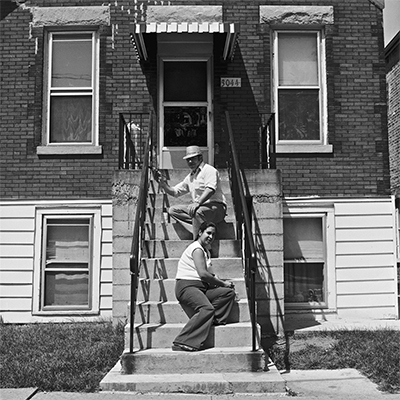Blog Author David Gremp
Richard Newman cast a wide net when he introduced me as his “editor” of 20+ years. I mostly “edited” his writings, which is always fun because Richard comes up with some amazing ideas and stories that he tells with so much passion that it needs to be reigned in—at least grammatically—and, shall we say, “polished.” And, there is nothing that an editor likes to do more than polish! Whether it’s choosing a better/stronger adjective or restructuring a sentence, it’s always a great pleasure to take a really good thought or description and give it more “bling” or “aha!”
Editing photographs for an exhibition or publication is very similar to editing text in that you’ve got a bunch of individual images (think words) and a message that you want to convey with them by selecting the most appropriate ones and putting them together in the strongest or clearest way possible. And you’ve got to do this in a limited amount of space (exhibit) or with a beginning-middle-end sequence (publication/book).
The artist/author brings the harvest of images, and the curator/editor is essential to the required “grooming” process. Not only do they bring an objective eye, but they also are more likely to better understand the visual literacy (think reading level) of the audience or market. While the photographer may know his or her strongest images from a group, they may not see or understand the importance of transitional images that are key to successfully communicating the overall message.
I recently revisited a photo project that I created nearly 40 years ago. Yes, it made me feel old, but it was fun! The project consisted of over 100 rolls of medium-format 120 black-and-white film shot during a 12-month artist-in-residency in Chicago. It was a finite time capsule of about a dozen of the city’s neighborhoods dispersed throughout the north, west and south sides (Chicago doesn’t have an east side—only Lake Michigan).
The goal was to select 60 images to print and fill the gallery space while maintaining a “politically correct” diversity of the subjects and geographical balance around the city. This allowed me a chance to include nearly all of my personal favorites, and a chance to reconsider some images I had overlooked while I was taking and printing them in 1979. Sometimes the mere passage of time alone can add significance to a subject, given changes in hair or clothing styles, occupations, etc.
To reach a final “cut” by myself would have been mind-numbing and potentially disastrous, but having input from peers (fellow photographers) and a somewhat objective (younger and non-photo-centric) curator made the task a whole lot easier and enlightening. Their reactions to certain images made me see things I hadn’t noticed before, and I was able to fight to keep images that they initially ignored.
We began with 150 of my initial selections, so there was bound to be some blood left on the cutting room floor, but in the end there were really only minor surface cuts and some bruises—and a final product that we were all proud of . . .







I don’t think there is a photographer or writer who hasn’t reaped the benefits or sung the praises of a good editor. Sometimes it’s nothing more than sharing your work with peers whom you respect (think Group f64 on the west coast, the Photo League on the east, or the Beats Kerouac, Burroughs and Ginsberg . . . literally finishing each other’s sentences). Even a seemingly self-taught “outsider” writer like Charles Bukowski relied heavily upon his editor/publisher John Martin, and developed an incredibly close relationship in the process.
And, the final product is always better, and less marginalized when it has the combined approval of both the artist/author and the curator/editor. Just think of the criticism pointed at the posthumous publication of Diane Arbus’ Untitled (read more here) or the exhibition and publication of images from Garry Winogrand’s unprocessed and unproofed rolls of film (read more here). Or, think of poor Vivian Maier who died before anyone saw any of her work (Her bad!).
Anyway, whether you share your work in a class, one-on-one critiques, informally with peers or with professional editors/curators, it’s always best to have a partner in crime. Don’t fly without a copilot or a safety net. No man or woman is an island. Photography and writing are both important forms of communication, and it never hurts to get a second opinion. In fact it could save your creative life!